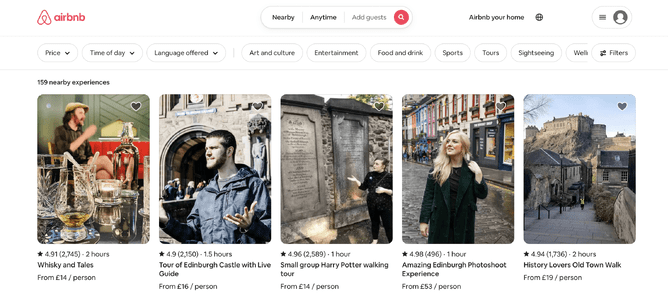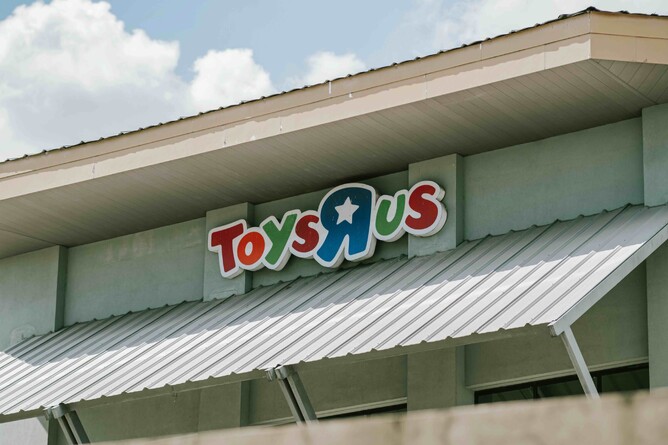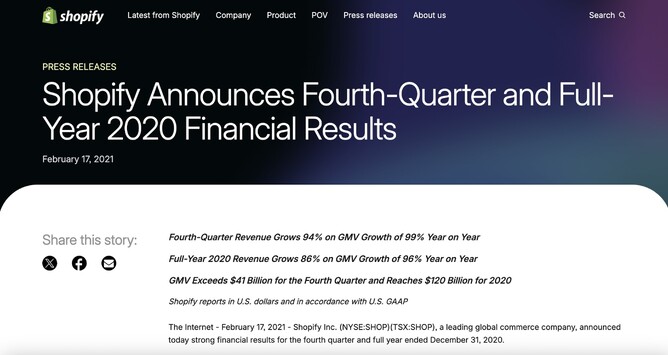Why Resilience Is Your Competitive Edge
Did you know that, according to a study by the Harvard Business Review, 72% of resilient businesses report consistent growth, even in turbulent times?
This striking statistic underscores a powerful truth.
Resilience isn't just about weathering storms; it's a catalyst for sustained success.
The traditional mindset about business resilience is all wrong.
Most companies view resilience as simply "weathering the storm"—cutting costs, riding out tough times, and hoping for stability to return. But resilience isn’t just about survival; it’s about thriving amidst uncertainty.
Periods of disruption—economic downturns, supply chain crises, or technological shifts—aren’t the exception. They’re the norm.
The businesses that come out ahead are those that see uncertainty as an opportunity, not a threat.
1. The Myth of Stability: Why Business Is Never ‘Safe’
Many business owners operate under the assumption that if they reach a certain level of revenue, growth, or market share, their business will be "safe."
But the reality is that stability is an illusion.
Why Over-Reliance on ‘Normal’ Conditions is Dangerous
In 2020, global travel giant Thomas Cook—one of the world’s most recognised holiday brands—collapsed. Despite 178 years of history, the company had relied too heavily on traditional travel models, failing to adapt to digital trends and shifts in consumer behaviour. Their mistake? Assuming stability would last.
Contrast this with Airbnb, which also faced devastation when travel plummeted in 2020. Instead of waiting for conditions to return to "normal," Airbnb swiftly pivoted—introducing long-term rentals, local travel experiences, and promoting remote work-friendly stays. Their stock surged by 113% post-IPO, proving that resilience is about adaptability, not size.
Key Takeaway: A resilient business is built on agility, not a false sense of stability.
2. Cash Flow vs. Profit: The Misunderstood Key to Survival
A business can be profitable on paper and still collapse due to poor cash flow. Without sufficient liquidity, even the most successful businesses can struggle to pay suppliers, employees, or rent during a downturn.
Why Profit Alone Won’t Save You
In 2017, global toy retailer Toys "R" Us filed for bankruptcy, despite bringing in over $11 billion in annual revenue. The issue? Debt-fuelled expansion left them with crippling cash flow problems.
The 3-Box Method for Managing Cash Reserves
Instead of focusing solely on profitability, resilient businesses prioritise liquidity using this method:
Box 1: Immediate Expenses – Maintain 3-6 months’ worth of operating costs in cash.
Box 2: Growth Capital – Set aside reserves for strategic opportunities (e.g., acquiring struggling competitors).
Box 3: Long-Term Security – Invest in assets that generate income over time.
Key Takeaway: Strong cash flow—not just profitability—is the lifeline of a resilient business.
3. Diversification: Rethinking ‘Too Many Irons in the Fire’
Conventional wisdom says "stick to your niche." But when an economic downturn hits, businesses with only one revenue stream are the most vulnerable.
Surprising Pivots That Saved Businesses
During the pandemic, UK-based gym chain PureGym faced a major crisis as lockdowns forced closures. Rather than waiting for in-person fitness to return, they launched an online personal training platform and partnered with food delivery companies to create fitness meal kits. This diversification helped them maintain revenue and customer engagement.
Key Takeaway: A resilient business doesn’t rely on one source of income—it finds adjacent opportunities for revenue.
4. Why Businesses Fail When They Ignore Operational Agility
Outdated processes and rigid business models are among the biggest threats to resilience. When conditions shift, businesses must pivot quickly.
How Shopify Adapted Faster Than Competitors
E-commerce platform Shopify grew 86% during the pandemic, largely because it enabled brick-and-mortar businesses to move online within days. By contrast, competitors relying on complex, outdated onboarding processes struggled.
How to Future-Proof Business Operations
Invest in Modular Systems: Choose software and processes that can scale easily.
Build a Hybrid Workforce: Combine full-time employees, freelancers, and automation.
Embrace Rapid Iteration: Test new ideas quickly instead of waiting for "perfect" solutions.
Key Takeaway: Operational agility is the backbone of a resilient business.
5. The Secret Power of Financial Scenario Planning
Most businesses plan for "best case" and "worst case" scenarios. But the key to resilience lies in planning for the middle ground.
How Netflix Used Scenario Planning to Dominate Streaming
Netflix didn’t just prepare for blockbuster success or total failure. They mapped out mid-tier outcomes, investing in streaming when DVD rentals still seemed dominant. This proactive planning allowed them to adapt faster than competitors like Blockbuster, which failed to adjust in time.
The 90-Day Sprint Method
Set financial goals that can be reassessed every 90 days.
Focus on agility, rather than rigid annual plans.
Stay adaptable, adjusting as economic conditions evolve.
Key Takeaway: Resilience comes from regularly adjusting your strategy, not setting it in stone.
6. Rethinking Risk: How to Use Uncertainty to Your Advantage
Instead of fearing risk, resilient businesses leverage uncertainty to gain a competitive edge.
How Tesla Turns Market Disruptions into Strengths
Tesla doesn’t just react to market trends; it actively shapes them. While other automakers hesitated on electric vehicles, Tesla embraced uncertainty, securing supply chains early and investing in AI-driven automation. The result? Tesla dominates the EV space while traditional competitors struggle to catch up.
The ‘Barbell Strategy’ for Business Risk
A balanced risk strategy involves:
Low-risk core operations that ensure stability.
High-risk experimental projects that drive innovation.
Key Takeaway: Risk isn’t something to avoid—it’s something to manage strategically.
7. Resilient Leadership: Why Mindset Matters More Than Strategy
At the heart of every resilient business is a leader who embraces uncertainty with confidence.
Lessons from Patagonia’s Leadership
Outdoor brand Patagonia has built resilience not by reacting to market changes, but by driving them—committing to environmental sustainability long before it was popular. Their leadership mindset prioritizes purpose over short-term gains, earning deep customer loyalty.
How to Build a Resilient Team
Hire for adaptability. Skills can be taught—mindset is harder to change.
Encourage experimentation. Give employees room to test new ideas.
Foster transparency. In times of crisis, honest communication builds trust.
Key Takeaway: Resilience starts at the top. Your mindset shapes your company’s ability to adapt.
The Future Belongs to the Resilient
Building a resilient business isn’t about playing it safe—it’s about staying adaptable, leveraging uncertainty, and taking calculated risks. The companies that thrive are those that see change as an opportunity, not a crisis.
The question is: will your business be ready for what’s next?









